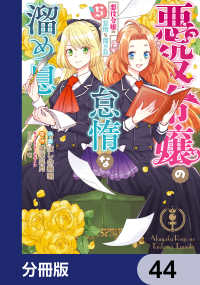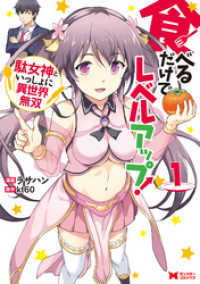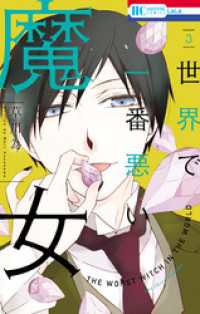Full Description
A beautifully illustrated history of one of the most important cultural categories in Japan
The Japanese term meibutsu refers to things of the highest cultural value, evolving over time to encompass both craft and fine art, high and low culture, and manufactured and natural items. Material goods designated as meibutsu range from precious art objects to regional products like bamboo baskets and ceramics. Exemplary Things traces the history of this epistemic classificatory system in Japanese culture from its elite origins in the fifteenth century to its commercial appropriation today.
Christine Guth explores the use of meibutsu to designate famous things (especially in the elevated context of tea practice), the term's institutionalization, and its popularization through print media and replicas (utsushi), and discusses how the term was used in critiques of the extravagance associated with collecting these costly treasures. She looks at the intertwined histories of meibutsu swords, incense, and tea utensils, focusing on their identities and agency as things with personal names. Guth explains how meibutsu evolved from a culture of tributes, taxes, and gift giving associated with a sense of place into a term essential to cultural literacy, and how Japan's modern legislation for the protection of its national treasures (kokuhō) drew on this legacy.
With stunning illustrations, Exemplary Things casts the art history of Japan in a new light, showing how the concept of meibutsu blurs the lines between economic value, cultural and aesthetic worth, and the furtherance of political power.
Published in association with the P. Y. and Kinmay W. Tang Center for East Asian Art at Princeton University








